The Handheld Chemical and Metal Detector Market is currently characterized by a dynamic competitive landscape, driven by increasing security concerns, regulatory requirements, and technological advancements. Key players such as Thermo Fisher Scientific (US), Smiths Detection (GB), and FLIR Systems (US) are at the forefront, each adopting distinct strategies to enhance their market positioning. Thermo Fisher Scientific (US) emphasizes innovation through continuous product development, focusing on advanced detection technologies that cater to both industrial and security applications. Meanwhile, Smiths Detection (GB) leverages its extensive experience in security solutions, aiming to expand its global footprint through strategic partnerships and regional expansions. FLIR Systems (US) appears to be concentrating on integrating artificial intelligence into its detection systems, thereby enhancing operational efficiency and accuracy, which collectively shapes a competitive environment that is increasingly reliant on technological differentiation.
The market structure is moderately fragmented, with several players vying for market share. Key business tactics include localizing manufacturing to reduce costs and optimize supply chains, which is particularly relevant in the context of rising global logistics expenses. The collective influence of these major players fosters a competitive atmosphere where innovation and operational efficiency are paramount, allowing them to respond swiftly to market demands and regulatory changes.
In August 2025, Thermo Fisher Scientific (US) announced the launch of a new handheld chemical detector that utilizes advanced spectroscopy techniques to identify hazardous materials with unprecedented accuracy. This strategic move not only reinforces their commitment to innovation but also positions them as a leader in the market, potentially attracting new clients in both governmental and industrial sectors. The introduction of this technology could significantly enhance safety protocols in various applications, from environmental monitoring to security screenings.
In September 2025, Smiths Detection (GB) entered into a partnership with a leading technology firm to develop next-generation detection systems that incorporate machine learning algorithms. This collaboration is indicative of a broader trend towards integrating cutting-edge technology into traditional detection methods, which may enhance the effectiveness and reliability of their products. Such strategic alliances are likely to bolster Smiths Detection's competitive edge, enabling them to offer more sophisticated solutions to their clients.
In July 2025, FLIR Systems (US) unveiled a new line of handheld detectors that feature enhanced connectivity options, allowing for real-time data sharing and analysis. This development reflects a growing trend towards digitalization within the industry, as companies seek to provide more integrated solutions that meet the demands of modern security and safety operations. By prioritizing connectivity, FLIR Systems positions itself to capitalize on the increasing need for data-driven decision-making in the field.
As of October 2025, the competitive trends in the Handheld Chemical and Metal Detector Market are increasingly defined by digitalization, sustainability, and the integration of artificial intelligence. Strategic alliances are becoming more prevalent, as companies recognize the value of collaboration in driving innovation and enhancing product offerings. Looking ahead, it is likely that competitive differentiation will evolve, shifting from traditional price-based competition to a focus on technological advancements, innovation, and supply chain reliability, thereby reshaping the market landscape.

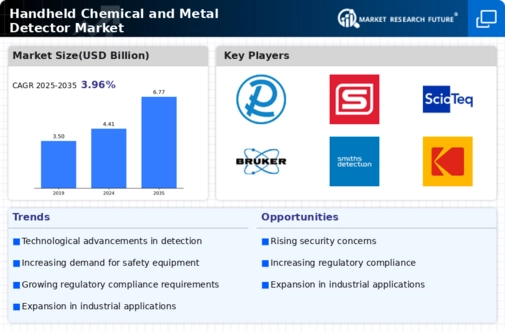
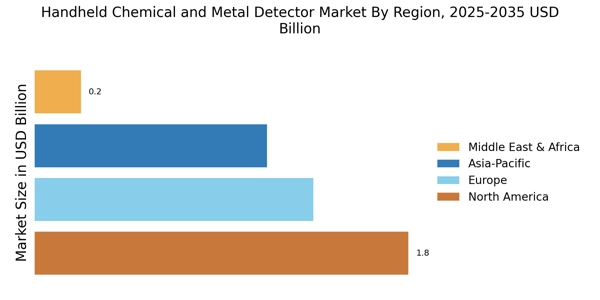
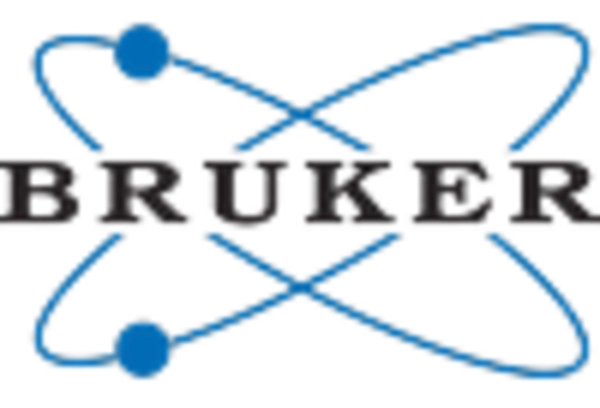


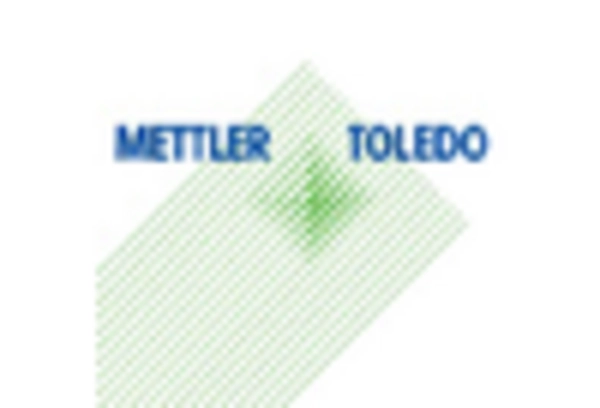
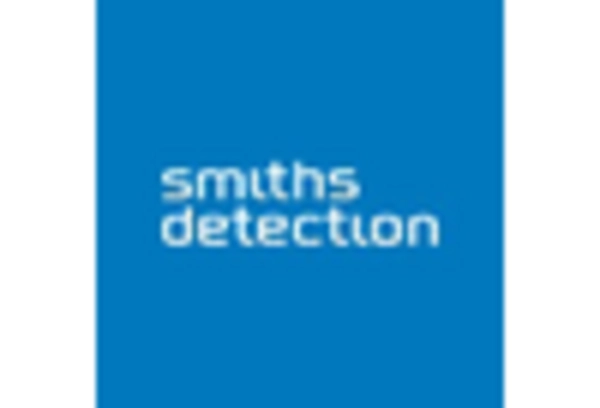









Leave a Comment